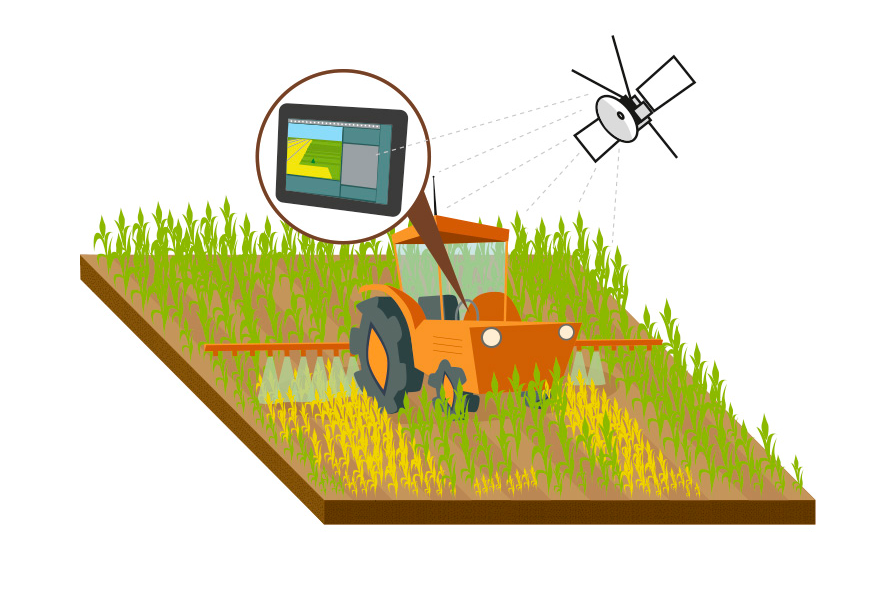1.- EBITDA
Technologies can improve the adjustment in doses applied, which can have an influence in the economics of the farm.
2.- EBITDA/labour unit
Technologies can improve the adjustment in doses applied, which can have an influence in the economics of the farm.
3.- Production costs
Technologies can improve the adjustment in doses applied, which can have an influence in the economics of the farm.
4.- Yield/ha UAA
The adjustment of the dose of PPPs can have an influence in yields.
5.- Yield/ ha main fodder area
The adjustment of the dose of PPPs can have an influence in yields.
7.- Effectiveness working time
By the use of modern technologies, applications can be more comfortable and faster, what will lead to the need of less working hours.
8.- SI – Satisfaction Index
The implementation of this BMP could have a positive influence on the farmer’s perception.
13.- NPK balance
Modern technologies will allow the application of different doses of fertilizers, depending on the needs for each part of the farm. This will have an effect on the value of this indicator.
14.- Energy balance
The use of modern technologies can have an influence on the oil consumption and, consequently, can affect this indicator.
17.- Arable land use efficiency
Yields can be affected by the implementation of this BMP. Consequently, it will also have an influence on this indicator, because calculations for this indicator are based on yields.
21.- Biodiversity structures (nests, hives, spider webs, etc.) – habitats
The use of modern technologies will improve biodiversity, due to its higher application efficiency.
22.- NO3 level – boreholes and wells
If the dose of fertilizers is adjusted to the needs of each part of the farm, the risk of lixiviation and runoff of NO3 will diminish.
23.- NO3 level – rivers
If the dose of fertilizers is adjusted to the needs of each part of the farm, the risk of lixiviation and runoff of NO3 will diminish.
24.- Use of PPPs in some farms close to water streams
This indicator is influenced by the dose of application, which can be modified by the use of modern technologies.
25.- GHG level
The total amount of inputs used on the farm is taken into account in the calculation of this indicator. This amount will, probably, change if modern technologies are implemented.
